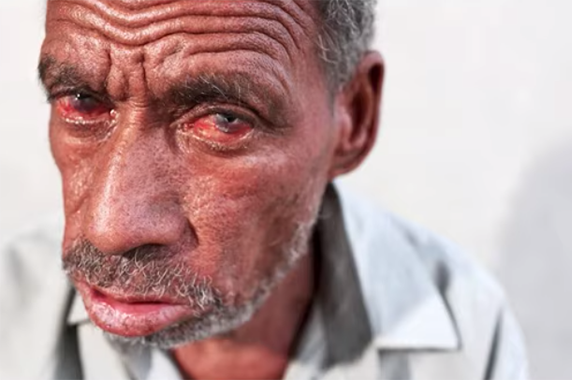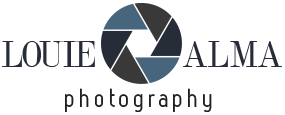“If Your Pictures Aren’t Good Enough, You’re Not Close Enough” (VIDEO)
The headline above is one of the most famous quotes in photography, uttered by the legendary Robert Capa who many consider the greatest combat photographer and photojournalist in history. The video below from one of today’s highly acclaimed pros provides his take on what this famous advice should mean to you.
Instructor Sean Gallagher is an accomplished photojournalist himself, with over 20 years of experience producing working for top-tier outlets like National Geographic, The Guardian, and the prestigious Pulitzer Center. He’s also a Fellow of the UK’s Royal Geographic Society.
Here’s how Gallagher describes the powerful concept: “I’m approaching this from a professional journalist’s perspective, looking at the deeper meaning of what it really means to get close. But I also cover the little-discussed topic of emotional closeness in photography and why it’s equally important.” He illustrates his points with compelling examples that you can emulate yourself.

Gallagher explains that he’s often embedded within many of the stories he covers, requiring him to get physically close to his subjects—whether he’s working in a crowd, shooting within a stranger’s home, or covering an environmental disaster. As he says, “I want my view to make people feel like they were there with me on the beaches, in the heat.”
As you’ll see, proceeding accordingly involves much more than technical proficiency and having the appropriate gear in your bag. This is why speaking with subjects and building relationships is an essential skill for capturing intimate images in close proximity.
In short, doing so also requires confidence, calm communication, and obvious respect that makes subjects feel at ease in situations that are potentially stressful and difficult for both photographers and their subjects.

And then there’s the emotional closeness mentioned above. “This means going beyond physical proximity and investing your time and energy into the people in a way that deepens your understanding of the situation and the impact of your photography.”
Gallagher offers some poignant examples of how he manages to get all this done. There’s much more of interest for both amateurs and pros on his popular YouTube channel.
We also suggest watching our eye-opening tutorial with a photo gear expert who explains the difference between your camera’s three Shutter modes and which ones work best for different styles of photography.





